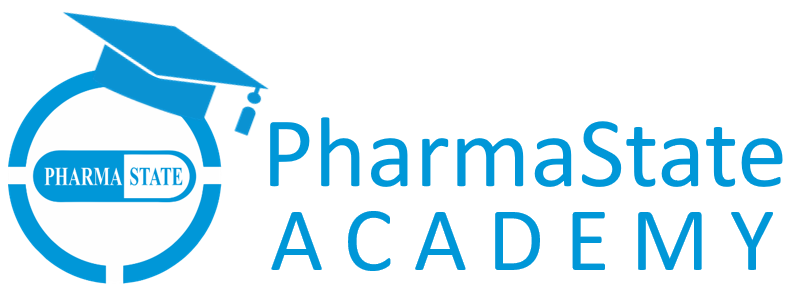TYPES OF STEAM IN PHARMA
Pharmaceutical steam is classified into two types based on their respective sources. These are:
1) Utility-Boiler produced steam, hereafter called Utility Steam.
2) Non-Utility Boiler produced steam, hereafter called Clean Steam.
Utility Steam:- Utility steam is characterized with usually having:-
- Chemical additives to control scale and corrosion
- Relatively high pressure with the potential of generating superheat during expansion
- Relatively high pH
- Chemical additives:- Utility steam is produced, in most cases, using conventional fire-tube steam boilers, normally of steel construction. Such boilers are almost always provided with systems that inject additives in the feed water to protect the boiler and steam distribution piping from scale and corrosion. Some of these scale and corrosion inhibitors may, and often do, include amines and other substances that may not be acceptable in steam being used in pharmaceutical processes. The user must determine what additives are used, and verify if they are acceptable in the particular application, i.e., do not add any impurities or create a reaction in the drug product. Utility steam can be filtered to remove particulate matter, but filtration does not remove dissolved substances and volatiles such as amines.
- Superheat: Superheated steam is produced in water tube boilers by reheating the steam or by generating the steam at a higher pressure in a fire tube boiler and then reducing the pressure through a regulating valve. When the pressure is reduced, the energy in the higher temperature steam is dissipated to generate steam at the lower pressure and produce superheated steam above the corresponding saturation temperature. Superheat is dissipated downstream of the regulating valve due to heat loss in the line.
- pH control: In order to protect carbon steel from corrosion by the steam, it is necessary to use additives to raise the pH to between 9.5 -10.5.
Clean Steam (CS):– Pharmaceutical clean steam is generated from treated water free of volatile additives, such as amines or hydrazines, and is used for thermal disinfection or sterilization processes. It is considered especially important to preclude such contamination from injectable drug products: Clean steam is characterized as having:-
- No additives
- No generated superheat except when the generated pressure is significantly higher than the use pressure of the steam.
- Relatively low pH
There are many terms used in the pharmaceutical industry to describe Clean Steam. These include Clean Steam, Pure Steam, Pyrogen Free Steam, WFI Steam, and USP Purified Water steam. There is no standard or accepted definition for any of these terms. However, the most commonly used terms are “Pure Steam” and “Clean Steam”. The condensate of Clean Steam has no buffer, and may have a relatively low pH compared to that of utility steam.
FIND MORE AT…
Reference links
https://pdhonline.com/courses/k109/k109content.pdf
http://www.liquicel.com/uploads/documents/TB73-Meeting-Pure-Steam-Requirements-in-the-Pharma-Industry-12-09.pdf
